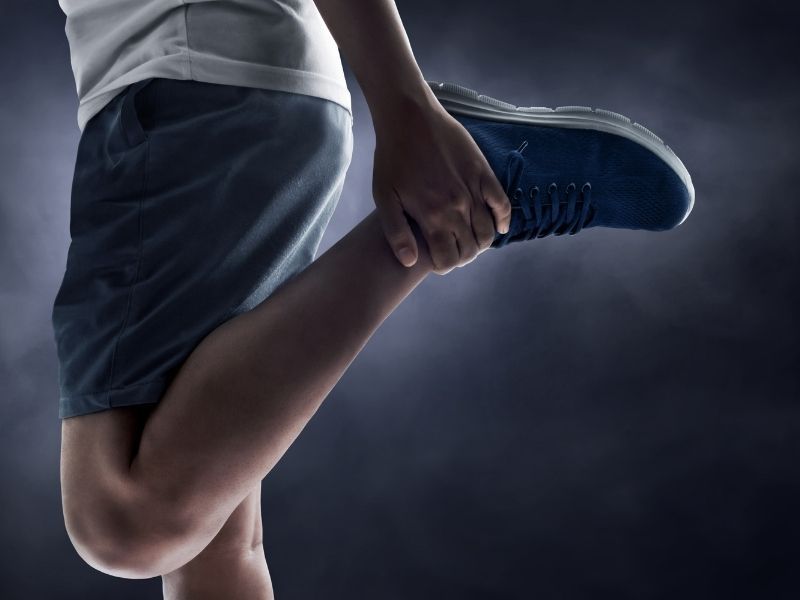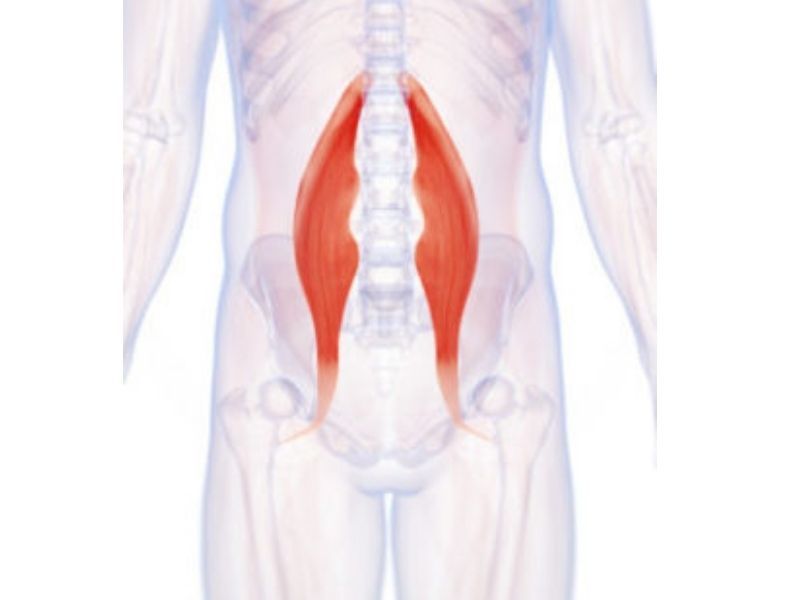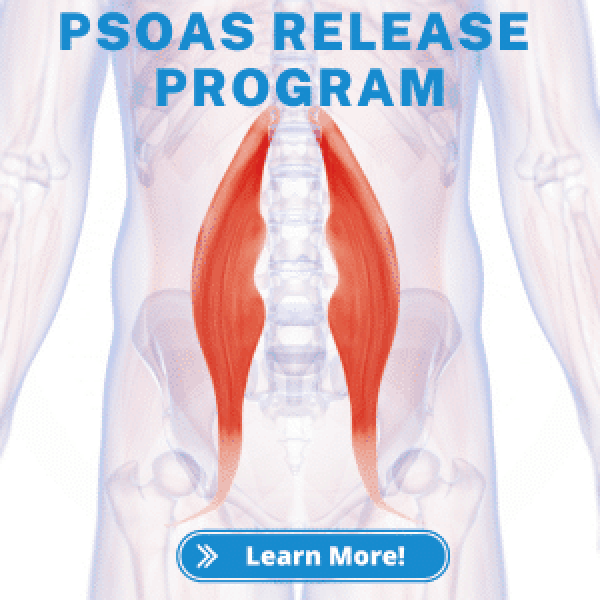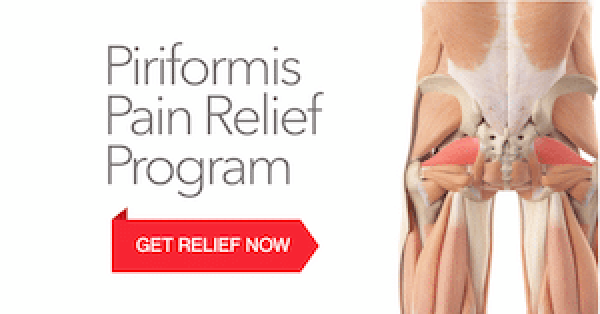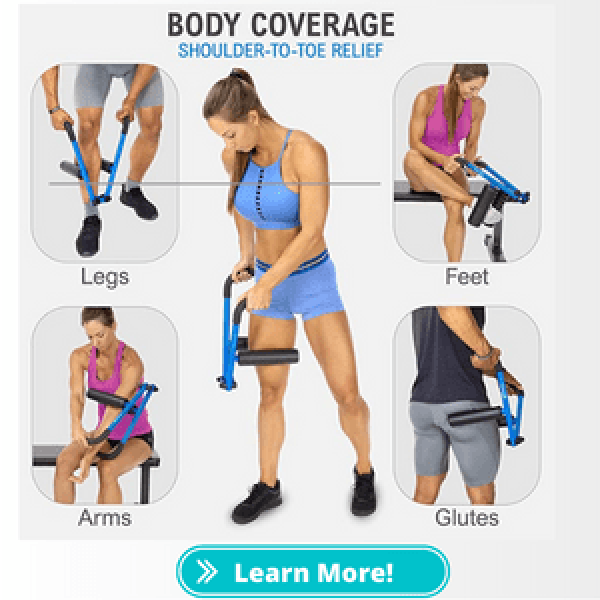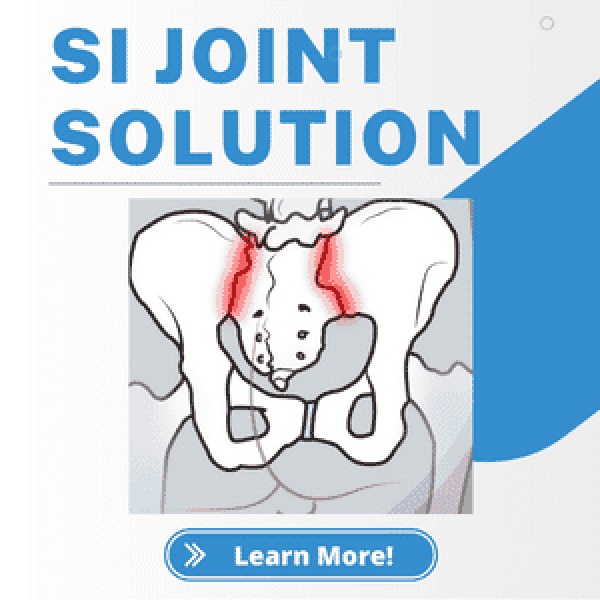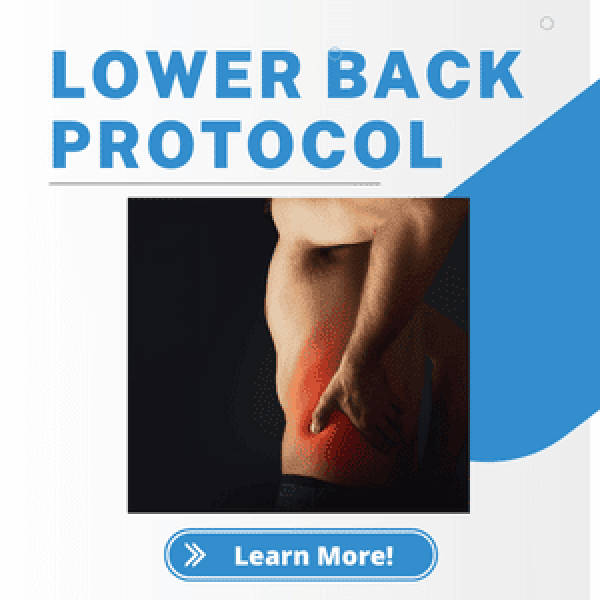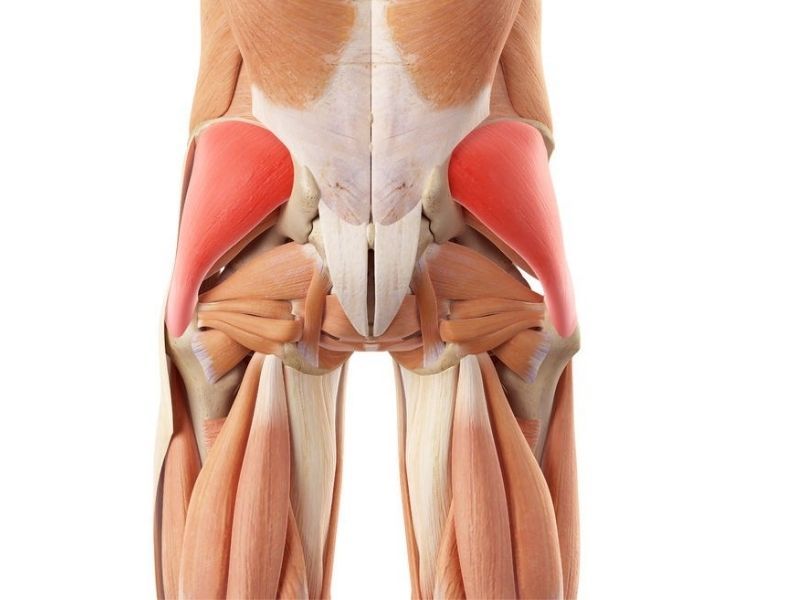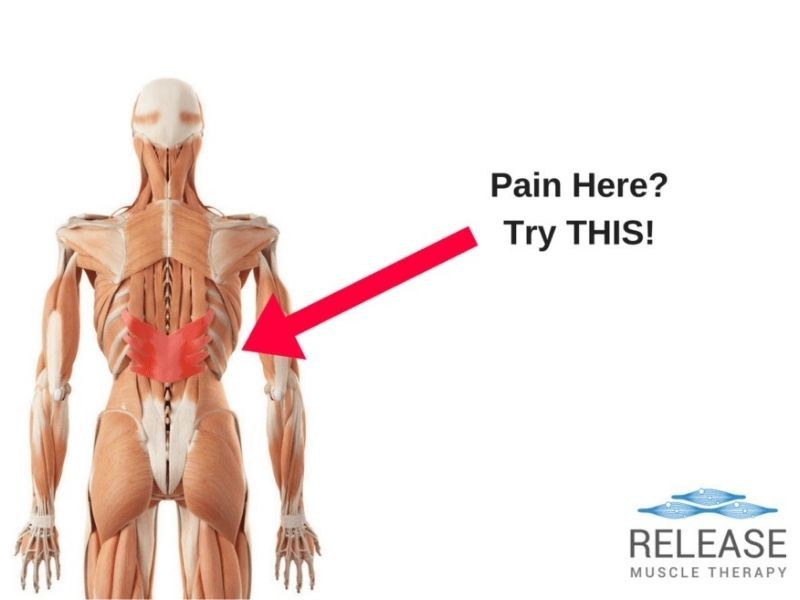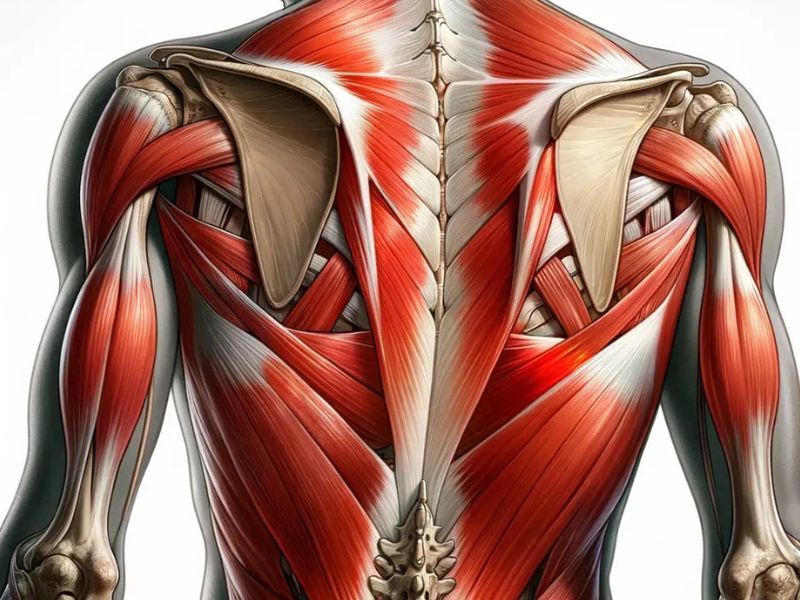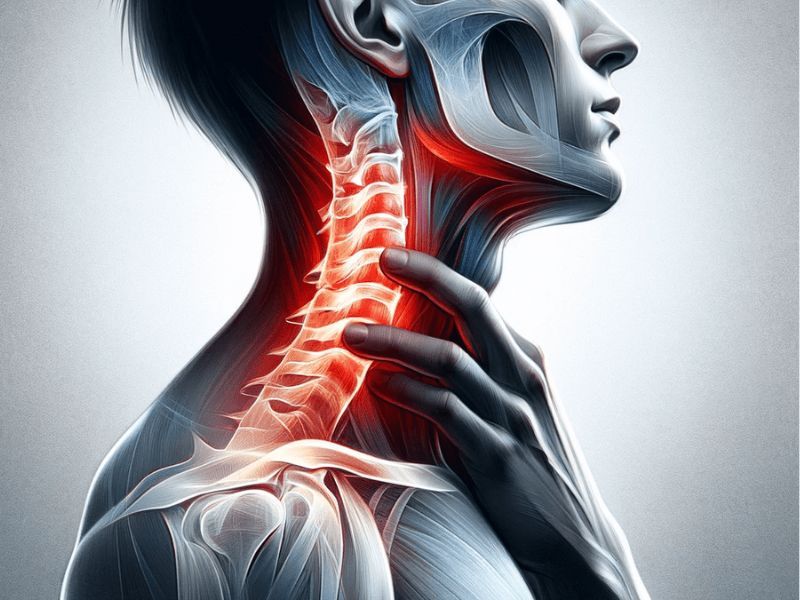Simple Exercise to Inhibit the Psoas Muscle
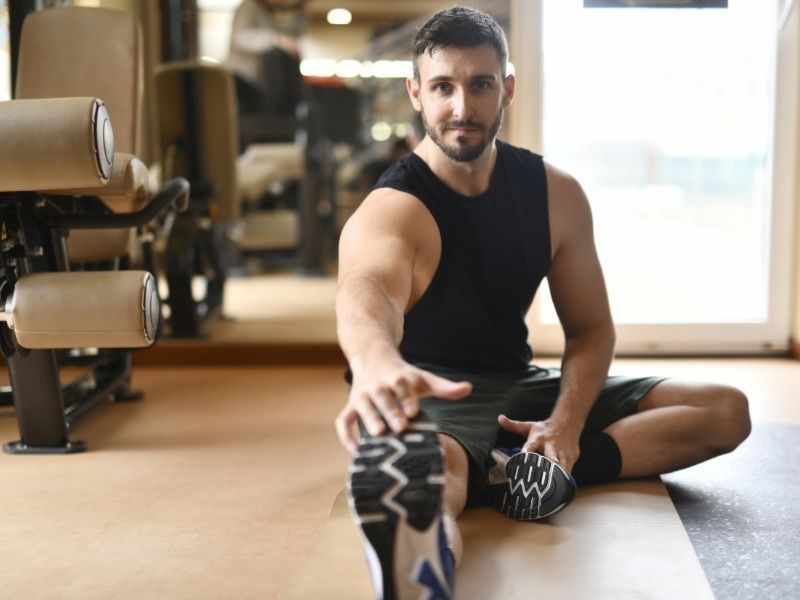
In this post, we will discuss an often overlooked aspect of psoas release techniques—exercises. While hands-on techniques are commonly covered, exercises can play a significant role in inhibiting and relaxing the psoas muscle. We will explore two effective techniques: reciprocal inhibition and post-isometric relaxation. By understanding the opposite muscle group and using specific exercises, you can achieve a psoas release. Let’s get started!
Understanding Reciprocal Inhibition
Reciprocal inhibition is a technique that involves activating one muscle to encourage the relaxation of its opposing muscle. For instance, when we engage the bicep, the tricep naturally relaxes to allow for the bicep’s contraction. Similarly, if we want to relax the psoas muscle, we need to activate its opposite muscle group. In the case of the psoas, the opposite muscle group consists of the glutes and hamstrings.
The Power of Post-Isometric Relaxation
Post-isometric relaxation is a widely used technique in manual therapy. It involves contracting a muscle with slight effort and then relaxing it, which leads to a reduction in resting muscle tension. Although often discussed in the context of hands-on therapy, this technique can also be applied through exercises. Exercising muscles that are tight or overactive, such as the psoas, can help restore normal range of motion.
The Supine Hip Lift: Exercise for Psoas Inhibition
The supine hip lift is an excellent exercise for inhibiting the psoas muscle. It effectively engages the hamstrings and glutes while inhibiting the hip flexors, including the psoas. This exercise not only helps with reciprocal inhibition but also promotes a posterior pelvic tilt and provides relief for the lower back.
Performing the Supine Hip Lift
- Lie on your back with your hips and knees at a 90-degree angle.
- Place your feet on a box or a soft object at the same height as a chair or workout bench.
- Push your heels down into the box, engaging your hamstrings.
- As you push down, allow your pelvis to rotate into a posterior pelvic tilt, flattening your lower back.
- Avoid arching your back or squeezing your glutes. The focus should be on activating the hamstrings and inhibiting the hip flexors, including the psoas.
- You can confirm the posterior pelvic tilt by gently pressing your lower spine against the ground.
- Hold the position, feeling the activation in your hamstrings while keeping the hip flexors relaxed.
- You can increase the activity on one side by lifting one heel off the box, providing a unilateral variation.
Conclusion
Incorporating exercises into your routine can effectively inhibit and relax the psoas muscle. The supine hip lift is a simple yet powerful exercise that promotes reciprocal inhibition and post-isometric relaxation. By activating the hamstrings and inhibiting the hip flexors, including the psoas, you can improve flexibility and alleviate tension in the lower back. Remember, exercising muscles that are tight or overactive can aid in restoring normal range of motion. Give the supine hip lift a try and experience the benefits for yourself!
Learn more about the Postural Restoration Institute.
Sam Visnic
I’ve spent my life studying the fundamental aspects of human health with a focus on movement and clinical massage therapy. In a world of specialists, surgical procedures, drugs and quick fix remedies, I’m committed to finding and developing strategies that help people stuck at the “gap”. Over the last 20 years I’ve studied dozens of systems and methodologies for uncovering the root cause of aches and pains, along with postural and movement issues. Pain science, the art and science of hands-on soft tissue massage techniques, myofascial release, and coaching movement is essential in my practice. Integrating different methods but above all deciphering WHEN to use different techniques with different people and situations, along with integration of movements that people want to be able to do again is the key to long term success with my incredible track record with clients. Understanding the various elements that contribute to conditions and the power of communication and education makes my Release Muscle Therapy program separate from other hands-on therapy approaches.
Blogs You May Be Interested In
Categories
-
Deep Gluteal Pain Syndrome
-
Deltoids
-
Fallbrook
-
Foam Rolling
-
Glutes
-
Hamstrings
-
Hypnosis For Pain
-
Lats
-
Levator Scapulae
-
Lifestyle
-
Massage Therapy
-
Mobility
-
Movement and Exercise
-
Murrieta
-
Muscles
-
Nutrition
-
Obliques
-
Pain
-
Pectorals
-
Piriformis
-
Plantar Fasciitis
-
Product Review
-
Psoas
-
Quadratus Lumborum
-
Quadriceps
-
Rhomboids
-
Serratus Anterior
-
SI Joint
-
Sternocleidomastoid
-
Stretching
-
Subscapularis
-
Temecula
-
TMJ
-
Trapezius
-
Uncategorized

